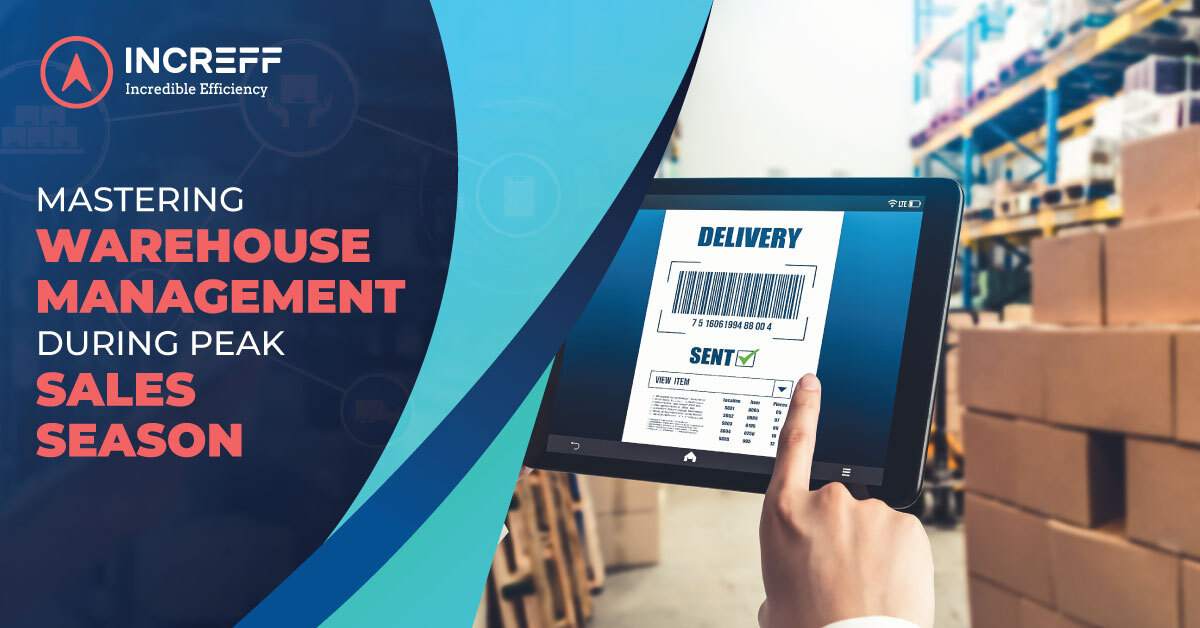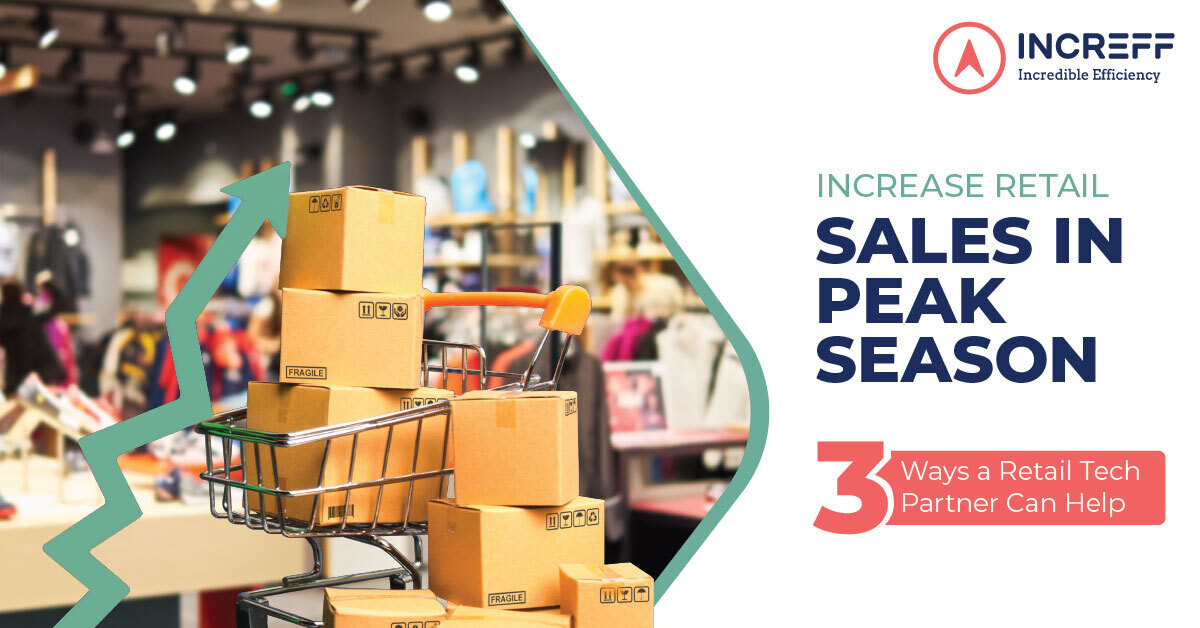The holiday season is here, and we all know what that means—sales and discounts! Both consumers and businesses look forward to this time of the year for major price cuts and a significant uptick in order volume, respectively. While it’s a great time for customers, peak season sales can feel like an all-out sprint for businesses managing warehouse operations. The stakes are high, the pressure is relentless, and the ability to meet customer demands swiftly and accurately can make or break a business.
During this time, warehouses often face significant challenges, from inventory and space management to quick order processing, handling returns, and reverse logistics. All this while ensuring that orders are fulfilled on time, and SLA requirements are met. So, businesses must streamline their warehouse and supply chain operations to ensure they do not have missed sales opportunities.
In this blog, we will explore how your can warehouse can streamline its operations during peak sales season with some of the best practices that can come in handy.
Top strategies to overcome warehouse operational challenges during sales season
1) Efficient Inventory planning and management
Historical sales data can come in real handy during this time. It can give you insights into how much uptick in order volume your business generally sees during the sales season. This will help you prepare inventory in advance. Without demand forecasting, you will either end up with too much inventory that will hog capital and precious warehouse space or too little stock that your business won’t be able to take full advantage of the sale.
Past data can also help you identify the top SKUs that sell the most and s for the entire sale. All this might sound like a real hassle, but a capable merchandising solution can make it really easy, and, in addition, it will help you reduce inventory holding, increase revenue, and manage discounts.
Now, once you have the required inventory in the right amount, it is critical to have real-time visibility over it. This ensures that if a product goes out of stock, you don’t take orders and cancel them later, hampering customer experience.
2) Fast order processing and fulfillment
During a typical sales season, the order volume can increase 4-5 times or even more. So, it is difficult for warehouses to manage and fulfill orders on time. However, it is also a non-negotiable part because delays in shipping can often lead to cancellations from the customer end, which means missed opportunities and profits.
So, warehouses must make order picking and packing as efficient as possible. This can be done by implementing methods like batch or zone picking and using pigeon holes that are far superior to put-to-light systems that many warehouses still use.
Optimizing the warehouse layout is another easy way to streamline the order fulfillment process. For example, there can be a picking area close to the packing desk with inventory that is in high demand, ensuring easy accessibility. There can also be another area with QC checkpoints to manage returns.
3) Reduce dependency on skilled manpower
While it is essential to plan and have extra manpower during the sales season, the most optimal way is to reduce dependency on skilled labor altogether. Considering the high turnover rate in warehouses, it’s time for businesses to switch to a warehouse management system that does not need high technical skills to operate and is easy to learn. It reduces dependency and means new workers can be hired and trained much quicker in a labor shortage.
It can help reduce staffing costs by about 20-25% and also get new workers up to speed in a matter of hours. This is particularly important, especially during sales when thousands of orders are processed every hour. Such a system can also help automate manual tasks, which further reduces dependency on people.
4) Returns and reverse logistics
Handling returns and reverse logistics during peak sales seasons can be complex, but it’s crucial to maintaining customer satisfaction and ensuring smooth operations. So, to manage it efficiently, businesses need to look at past data that gives a general overview of the percentage of returns from total orders.
After getting an idea, a separate space can be designated (as per volume) in the warehouse with all the necessary quality checkpoints to process returns and get them back live on marketplaces as soon as possible. The faster the process is, the easier it will be for businesses to clear the inventory during the sales period.
Best practices to follow during the sales season
The sales season is a great time for businesses to boost sales and profitability, enhance customer satisfaction, and build brand loyalty. Here are some of the best practices warehouses must implement to make the most of this festive season.
1) Customer communication: Businesses should maintain clear and proactive communication with customers by providing information about order status, delivery times, and delays.
2) Quality control and assurance: It is important to implement stringent quality control processes to ensure that products meet quality standards before shipping. This can reduce quality-related returns, saving a lot of cost and time.
3) Omnichannel strategy: Businesses can maximize their sales by offering a seamless shopping experience across different sales channels. However, ensuring that inventory levels and pricing are consistent across channels is essential.
4) Supply chain resilience: Before the sale begins, enhance the resilience of your supply chain by diversifying suppliers and logistics partners. At the same time, develop contingency plans for supply chain disruptions and have backup suppliers in place.
5) Data analytics: By leveraging data analytics to gain insights into customer behavior, sales trends, and operational performance, you can make informed decisions and adjust your strategies in real time.
Final thoughts
Managing your warehouse operations efficiently during peak season sales should always be the first priority because it directly affects your business profitability. So, are you ready to elevate your warehouse management and thrive during peak sales seasons? Discover how Increff tech driven solutions can streamline inventory management, reduce costs, and boost customer satisfaction.
Contact us today for a demo and take the first step towards peak season success.




